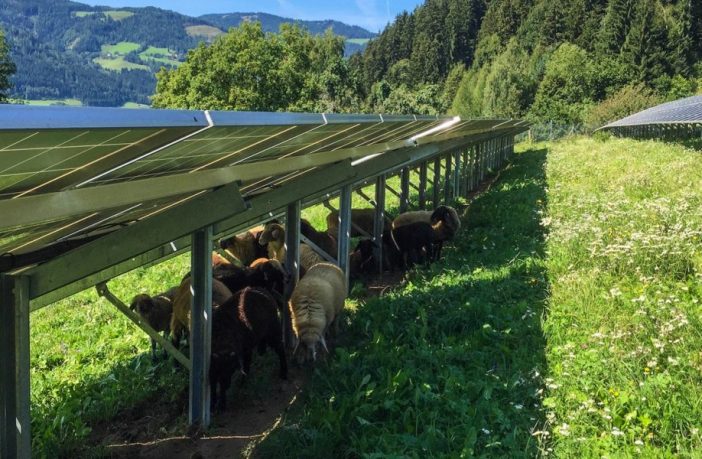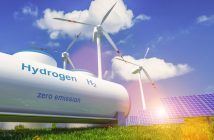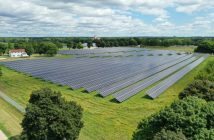Competition for land is a hot topic when it comes to ground-mounted PV arrays, but a new partnership between Austrian PV company Eco-Tec and startup Meine Blumenwiese shows that such projects can be just as ecological as the energy they generate.
Eco-Tec plants flowers on arable land to create new habitats for insects and wild animals, while also aerating the soil. Meine Blumenwiese then maps the resulting biodiversity, with every square meter given a numerical code. According to Eco-Tec, renewable energy, agriculture and environmental protection can converge in the construction of ground-mounted solar projects.
Good soil structure also facilitates the construction of solar parks. Partial shading and the presence of flowers means that less water evaporates, demonstrably increasing the biodiversity of flora and fauna in short periods of time.
A recent report by Germany’s federal agency for new energy, Bundesverband Neue Energiewirtschaft (BNE), suggested that the installation of ground-mounted solar plants on derelict plots of land might even improve biodiversity, as such projects could shelter ecological communities. Solar parks have been found to be particularly suitable as summer habitats for amphibians and reptiles. Several bird species were also identified in solar projects sites by the German researchers.
Another recent paper by researchers at Oregon State University showed that the combination of solar power and agriculture is not just a solution for land-scarce nations such as the Netherlands and Japan. In fact, this mix can also improve yields from some agricultural activities and the panels themselves.
Scientists from the European Union’s Joint Research Center recently compiled a comprehensive dataset of the solar energy potential of the bloc’s 28 member states. The data showed that even a sharp increase in current solar generation capacity would require a limited amount of land – a lot less than wind power
Author: Petra Hannon
This article was originally published in pv magazine Australia and is republished with permission.











